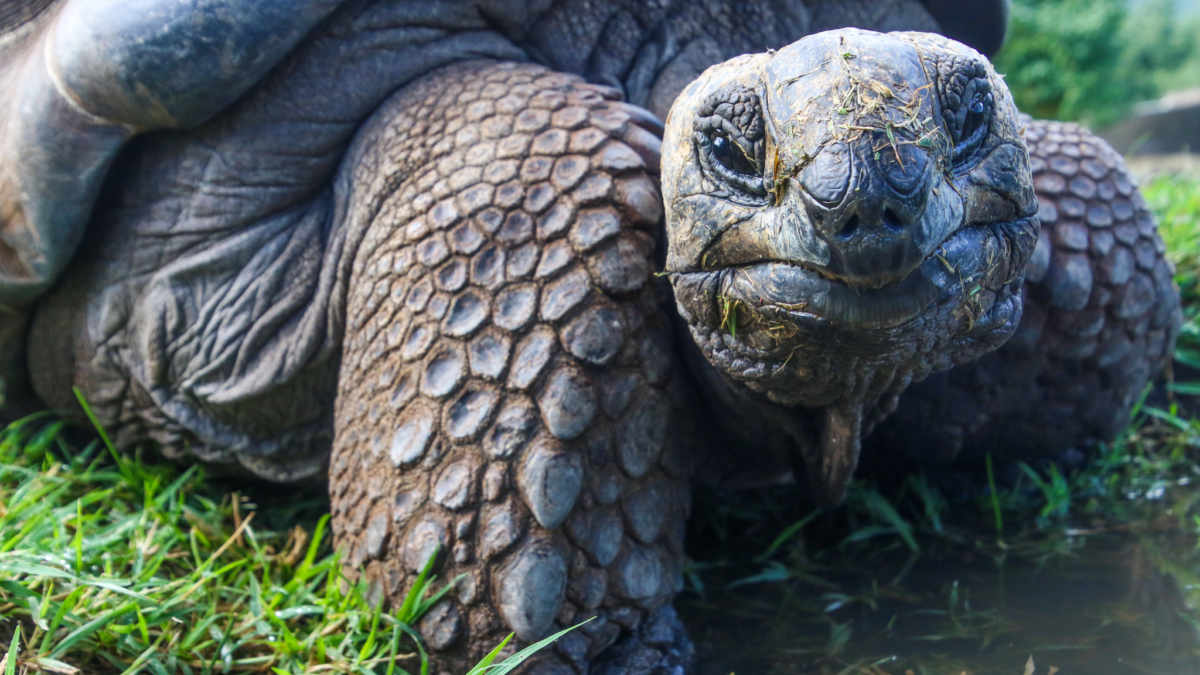Recent efforts to restore the ecology of the Galapagos islands, especially Espanola, the native island of the Galapagos Giant tortoises has produced positive results with the island looking more lush than before. Conservationists from the NGO Galápagos Conservancy and the Galapagos National Park Directorate set on a mission to restore the giant tortoise population as well as improve the ecological balance of species within the island by breeding the tortoises in captivity. The full extent of the positive outcomes of these attempts have been documented in the new study published in the Conservation Letters of Society for Conservation of Biology.
Cause for the original ecosystem decline
In the late 19th century, the ecology of the Galapagos Islands changed for the worse due to whalers, settlers, and pirates collectively poaching native species in the islands, including the Galapagos giant tortoises as well as introducing other pest species into the populus like goats and rats. This interference severely destabilized the island ecosystems, leading to various undesirable effects.
Goats overgrazed the plants and ate fruits which has so far been the food for the tortoises, and the rats preyed on tortoise eggs, these effects together causing the tortoise population to dwindle to basically nothing. On Española especially, which is an island in the southeast of the archipelago, the tortoise count which used to be over ten thousand fell to just 14. Along the way, due to prey overgrazing, the island almost turned barren, most of its lush greenery lost to ecological carelessness.
Giant Tortoise breeding in captivity
Almost a century after the ecological balance was disrupted, ecologists decided to do something about it, and began efforts by eradicating the pest species that were introduced into the islands like goats and rats. They also conducted breeding programs for the tortoises, breeding them in cages. Just with these efforts, the terrain that used to be barren and overgrazed now has overgrown lush bushes and trees. It will take some time for the islands to return to their savannah state, but they will get there once the tortoise population returns.
Just between 1963 and 1974, 14 tortoises were bred under captivity, until they were finally released in 2020, conservationists reintroduced nearly 2,000 captive-bred Galapagos giant tortoises to Española. This has jump started the breeding of tortoises as they continue to breed once released to the wild, still contributing to the population, estimated to be at around 3,000.
Tortoises performing the ecological balancing act
The tortoises also stomp and eat bushes, while spreading grass seeds and the effect of this can be seen in the expanding grasslands. Along with this, the tortoise population growth has also helped the endangered critical species – waved albatross as well as helping clear areas for seabirds in the area to take off and land, all through the tortoises’ grazing.
When they graze on fallen cacti fruits, dropping the seeds in their dung with added fertilizer, and eating leaves while preventing overgrowth and overcompetition within the cacti. Other such positive ecological effects of the tortoises are documented in the study by Jamed Gibbs, director of the giant tortoise restoration program at Galapagos conservancy.
To study these impacts, they separated off a portion of the cacti within the island, to study the difference that these tortoises made to the local ecology. They also studied satellite imagery to compare woody bushes on the island between 2006 and 2020 and found that the parts of the island with the tortoises have almost rebounded to their savanna state while the other parts still saw an increase but not as significant.
Gibbs says it may take another couple of centuries for Española’s giant tortoises to reestablish something like the ratio of grasses, trees, and bushes that existed before Europeans landed in the archipelago. But that long transformation is at least underway.



